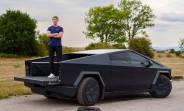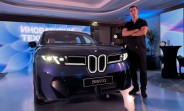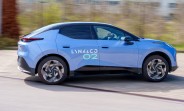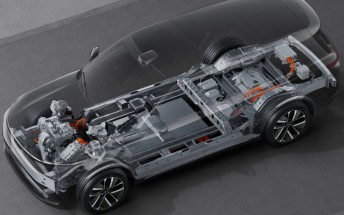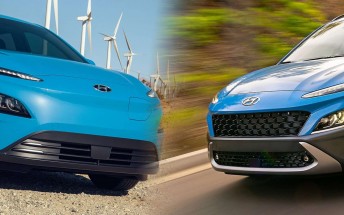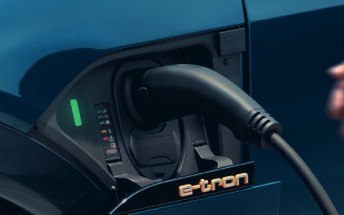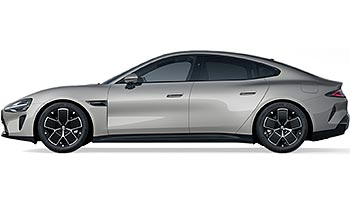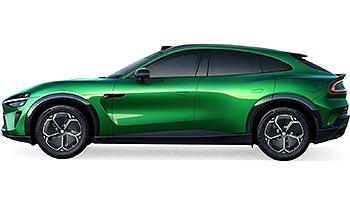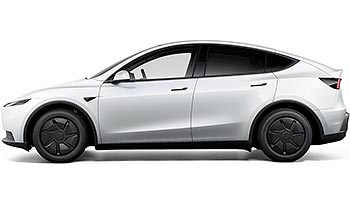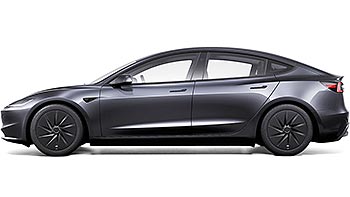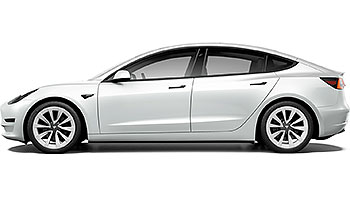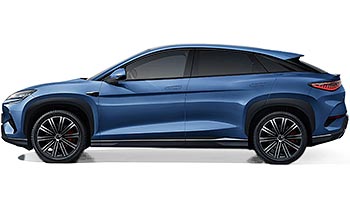Huawei teases new 7-in-1 powertrain for the upcoming Aito M8
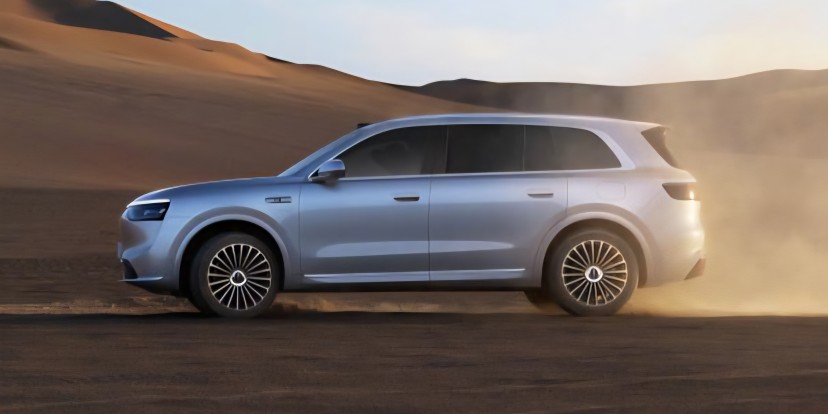
When you hear the name Huawei, you probably think of smartphones, watches, or telecommunications equipment. But the company has been steadily making significant inroads into the automotive world. Its latest creation will debut in the upcoming all-electric Aito M8 SUV, and it shows just how serious Huawei's ambitions are for the future of electric cars.
Richard Yu, a key executive at Huawei, announced that the Aito M8 will be the first vehicle to feature the company's brand-new DriveONE powertrain. Huawei describes it as a high-voltage "7-in-1" electric drive system. In the world of electric cars, simplifying and combining components is the name of the game. It's a bit like how your smartphone replaced your old flip phone, MP3 player, and camera. Instead of having seven separate boxes handling different jobs, Huawei's engineers packed them all into a single, neat package.
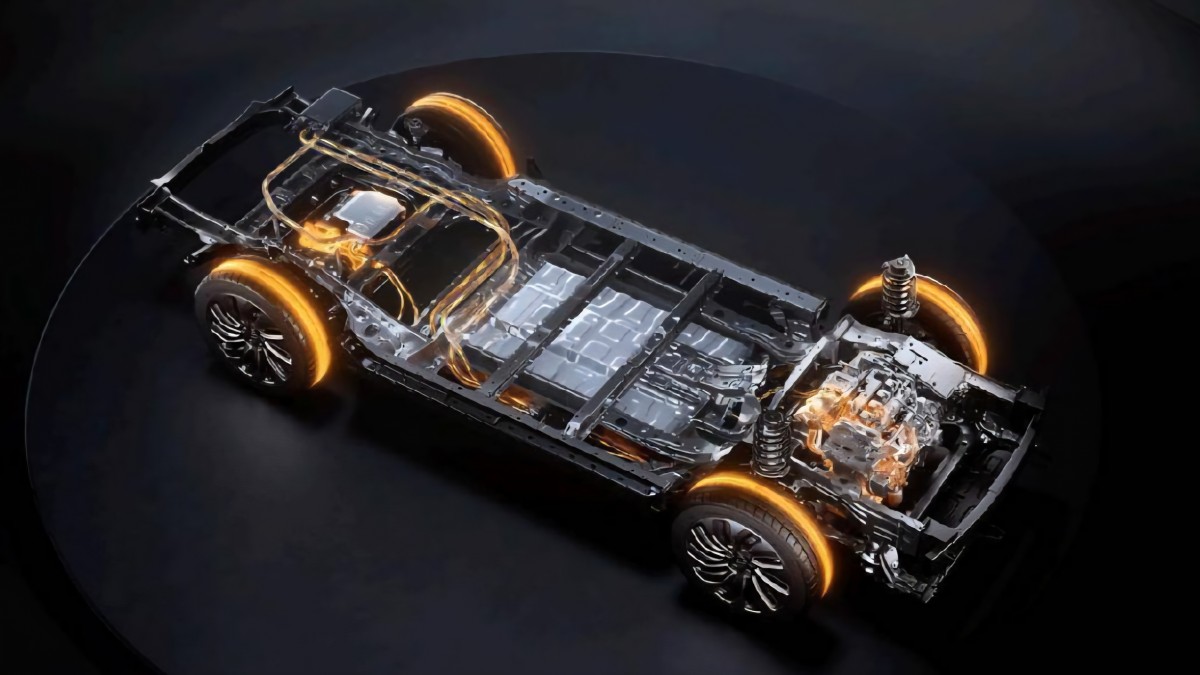
What are these seven components? The list includes the motor itself, a reducer (which functions like a gearbox), a Motor Control Unit (MCU), a DC-to-DC converter (DC-DC), a Power Distribution Unit (PDU), a Battery Control Unit (BCU), and an On-Board Charger (OBC). For the average driver, these acronyms mean very little. But by integrating them, Huawei has created a single unit that is more compact, more efficient, and potentially more reliable than a system with many separate parts.
Cramming seven components into one box means more room for the person who might actually drive or ride in an Aito M8. According to Huawei, this integrated system saves 30% of the space typically occupied by these components in the cockpit and trunk areas. This is a big gain. That extra space can be used to increase legroom for passengers or expand the trunk for luggage.
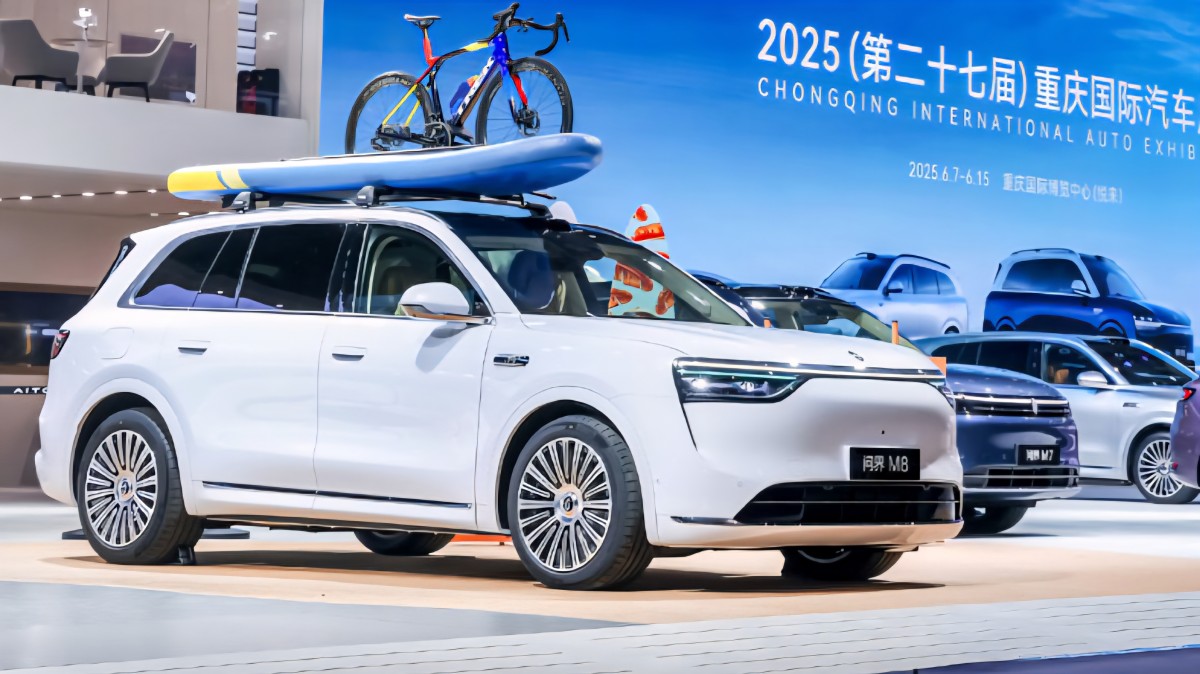
The DriveONE system is built for efficiency. Every owner of an electric vehicle knows that efficiency is key to maximizing driving range and minimizing charging stops. The new system claims a CLTC efficiency rating of 92.2%. An efficiency of over 92% means that very little energy from the battery is wasted as heat, and almost all of it is used to turn the wheels. Higher efficiency translates directly to more miles driven on a single charge.
The new powertrain will be the industry's first to feature a dual-channel redundant power supply. In simple terms, it has a built-in backup. Modern EVs rely heavily on electronics to manage everything from steering and braking assistance to adaptive cruise control. If the primary power supply to these critical systems were to fail, this redundant channel will keep them running safely. It's a safety net that works in the background, providing an extra layer of security for the car's most advanced features.
Related
Reader comments
- Anonymous
m7 is worse. looks like a toyoda. maybe chinese stopped copying jap.
- 25 Jul 2025
- B4X
- Anonymous
good innovations, but tje design is worse than the aito m7. why do chinese have such bad taste?
- 25 Jul 2025
- p1g
- aeon alpha
lets go Huawei.. fly...
- 25 Jul 2025
- X{y




